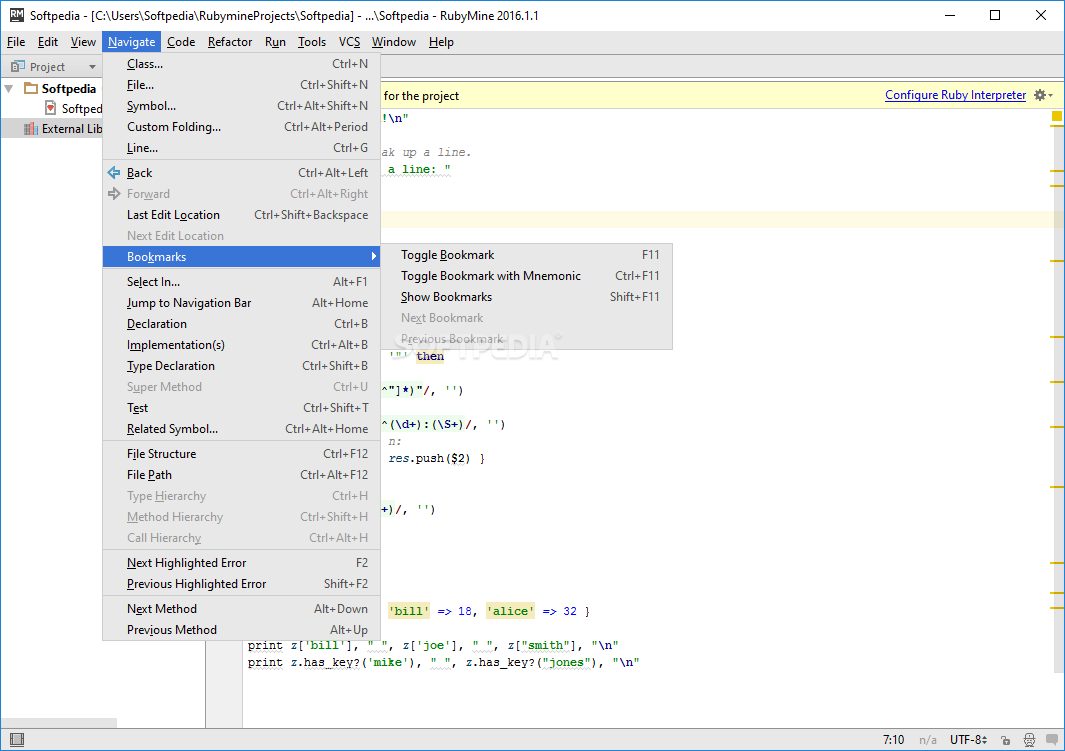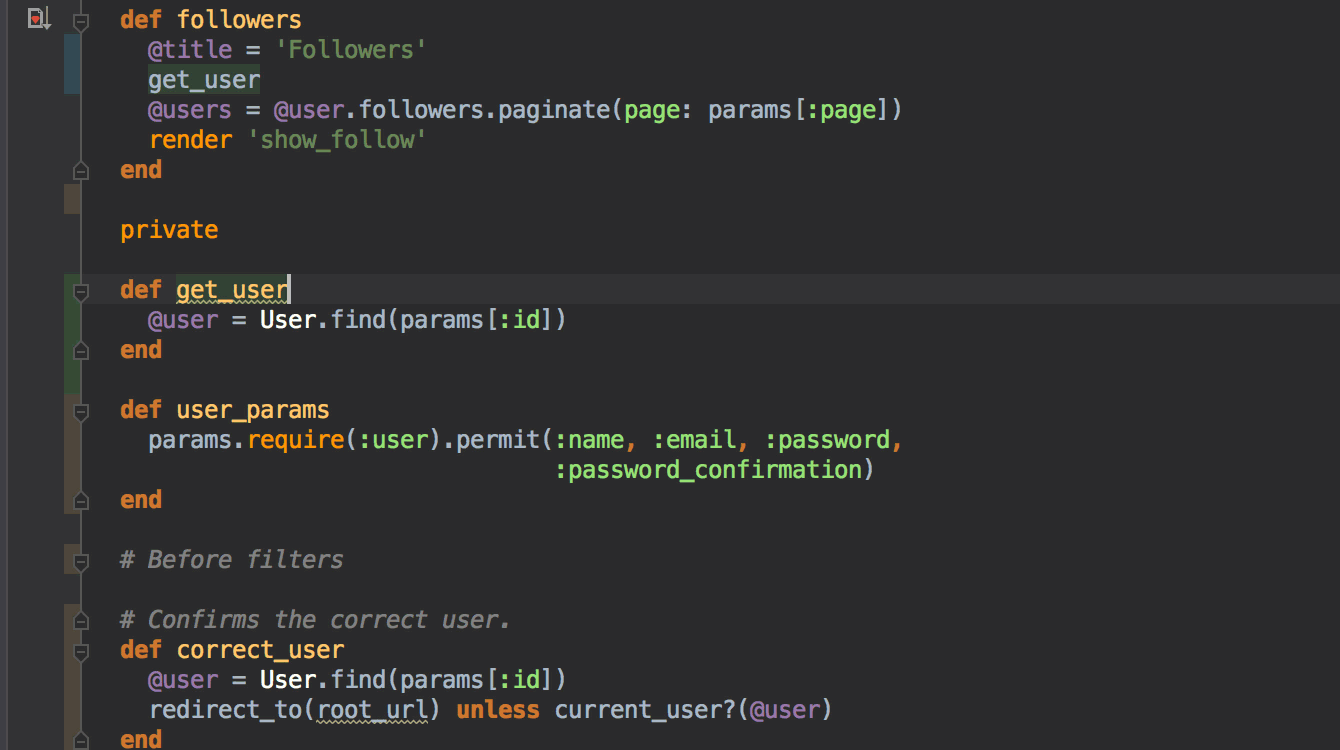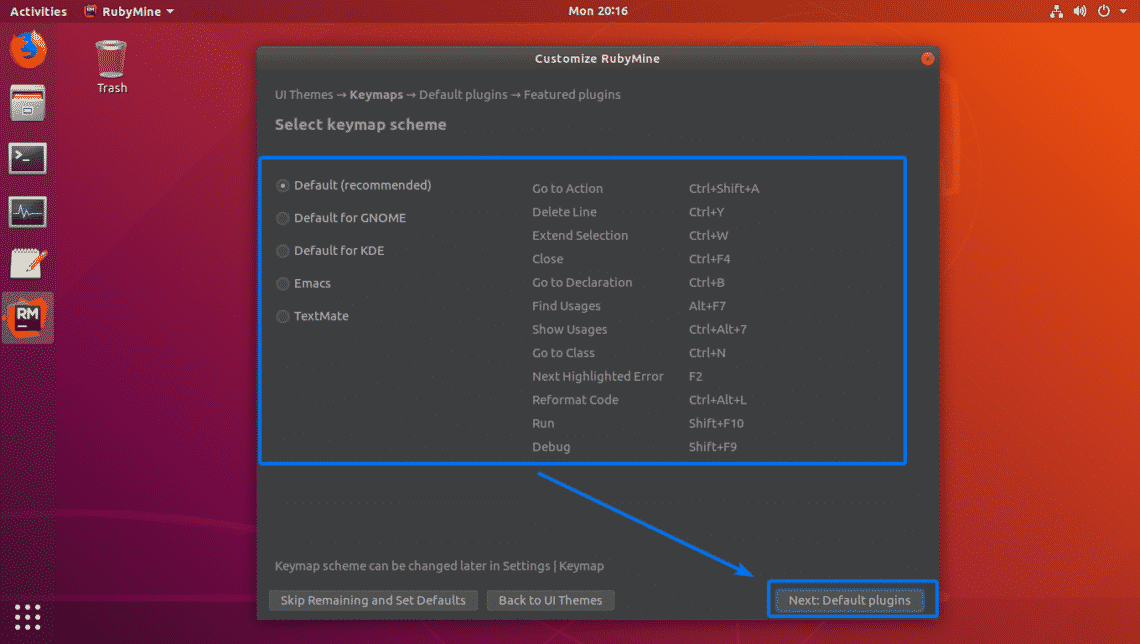

With a useRef(), one can rather easily write such debouncing oneself (google it or ask in the comments), but there is bounce which take care of that with such a higher-component function. Other common cases would be drag’n’drop interactions or window resizing.

when you expect state changes to sometimes come in very large batches, the most common case probably a field whose value is triggering a server request or something like that.

There are various such higher-order components that are avilable for developers to use re-existing logic. rather trivial function – these are equal Because JavaScript is quite a functional languare, there is a rough equivalence between the latter two – but now I’m here to look into that. React, in its functional approach, has three ways of memoiziating things, and for whole components there is mo(), while for usage inside a component we have the hooks eMemo() most commonly used for values or value-like objects, and eCallback() for functions. reusing the results of old computations when we know that these are still applicable. This is a small thing that once took me longer to debug than necessary, which is why it might be useful to some of you out there.įrom time to time, we have that situation in a React application where it’s just not really avoidable that a small component has to accomplish a rather expensive computation.


 0 kommentar(er)
0 kommentar(er)
